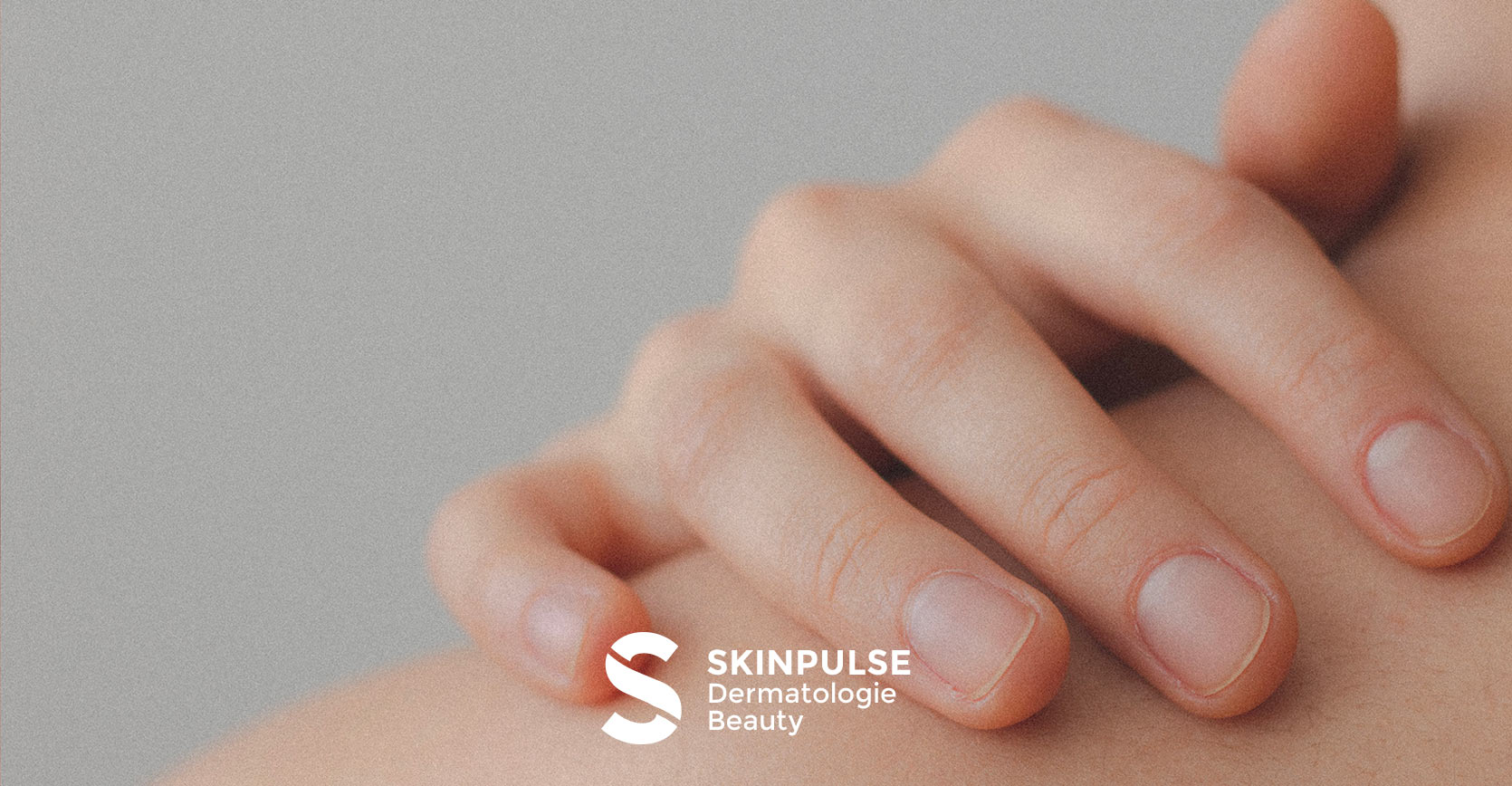ACNE AND LASERS

Acne is one of the most common inflammatory dermatological conditions seen in daily consultations. As many as 90% of the adolescent and adult population will be affected by acne at some point in their lives. The mechanisms of acne genesis are well known and are described in another article (see Dr Marangon’s article on acne, link here).
Lasers have been used for over thirty years in the treatment of acne, in two main forms. This is either by application of visible light, which is used to target the bacteria responsible for the inflammation (Cutibacterium Acnes), or by infrared light which attacks the sebaceous glands with a thermal effect
1. Visible light lasers: these machines can be either real lasers emitting a single wavelength (e.g. pulsed dye) or flash lamps (IPL or Intense Pulsed Light), emitting several wavelengths. The advantages of IPL are the ease of use and lower running costs. Results can be seen within a short period of time after using this technology on inflammatory acne. With one session per week, after two or three sessions, an improvement will already be visible. However, the clinical effect is short-lived (a few weeks) and more frequent maintenance sessions are necessary to maintain the improvement as the culprit bacteria often recur.
2. Infrared lasers: these lasers emit wavelengths in the near infrared from 1064nm (Nd: YAG) to 1540nm (ICON XF and XD for example). They are able to go deeper than visible light lasers or IPL and can reach the sebaceous glands, which are responsible for acne due to their excessive excretion of sebum. These lasers will heat the glands, shrinking them and thus reducing their sebum production. The advantage of these lasers is that they can be used to treat all skin types, even black skin, and the beneficial effect lasts longer. The new ProDeep® 1340nm laser is particularly appreciated by patients because the results are excellent, while the pain and after-effects minimal.
A new laser for acne treatment will arrive in Europe in 2023. This laser targets sebum directly by emitting a very specific wavelength at 1726nm. It is currently too early to judge the long-term results.
Laser https://marketing.cynosure.com/tempsure-rf-uk.html